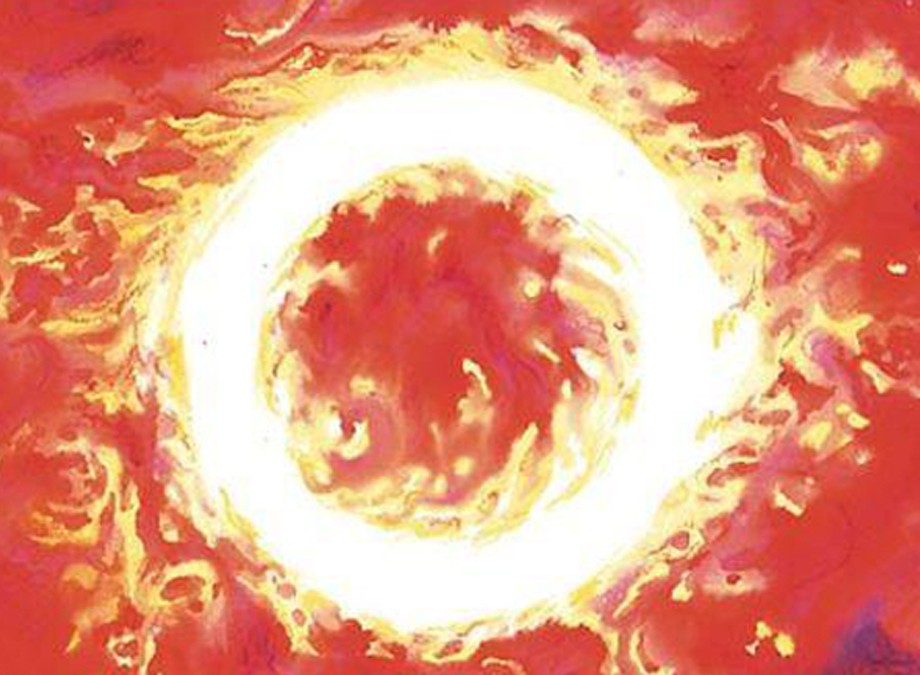A topic frequently brought up in commander is the power of early plays and how threat assessment. An ongoing debate that has come to the forefront of commander after PleasantKenobi opted not to play his Sol Ring on turn one. This sparks an old commander debate: If you’re ahead so early on mana, does it prevent politics and greatly dislodge standard threat assessment?
Kenobi’s take was that of playing the Sol Ring turn two was to avoid “having a utility countered because of [being seen] as ahead, or not listened to in politics.”
Let’s break down the logic behind both his play in the context of the game and the deck. We'll also see how threat assessment works and may affect one’s gameplay.
Threat Assessment
Threat assessment can be done through a pretty simple series of questions through a decision tree as the game starts.
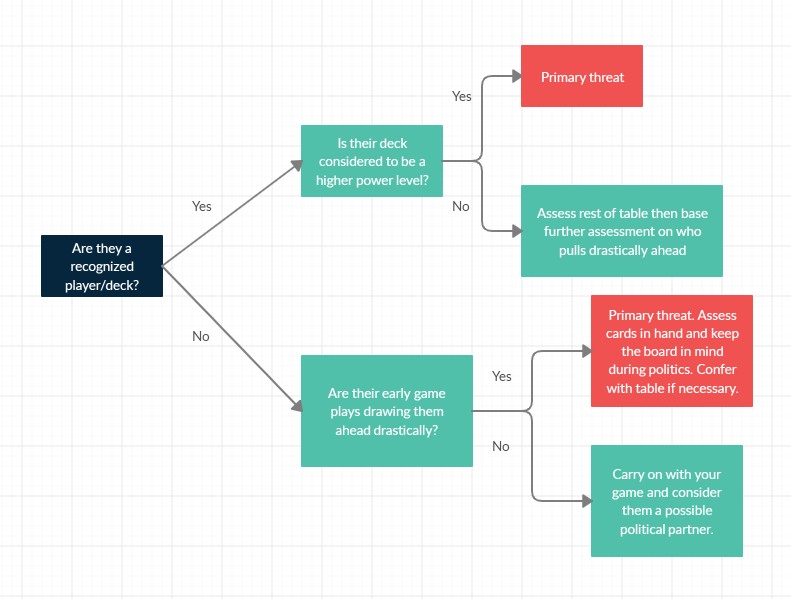
This is a pretty general tree that will help most make it through the first few plays of the game. Threat assessment starts at turn one. This is in order to keep certain decks in check or to give everyone a chance to win the game. This is a constant logical process that occurs during a game of commander. In a format capable of huge swings in power onboard, few tables are willing to just let one person get away with the game. Based on this logic, PleasantKenobi’s evaluation of the situation could be considered correct from the eyes of how it will affect the immediately following turns. On the other hand, one must consider what exactly constitutes a general threat in commander to draw this much hate.
Player Bias
More often than not, players will work on their own form of bias from previous experience with either these players or these cards. There’s a reason why people say that their favourite deck has been hated out of their local meta. If you win with your graveyard every game, one of your opponents is bound to sleeve up their Rest in Peace as an answer. As a result, certain commanders in underpowered decks will still be hated out of many games. In the example of PleasantKenobi himself, he choices to play the often lauded Tatyova, Benthic Druid who will often draw unwanted attention simply by seeing play, but this player bias isn’t exactly focused on the cards that have enabled Tatyova, but the card itself.
A player is more likely to remember the ten cards drawn off of a Tatyova rather than the Sol Ring or Mana Crypt that enabled this early gameplay and as a result, frequently don’t assess these cards as the correct threat to be answer or even be packing the necessary interaction with them, to begin with. As a result, the player who has played the turn one Sol Ring will often result in several groans in the first couple turns of the game but little will be done about it and the card itself won’t result in political discourse.
The Turn One Sol Ring
Knowing all that we know now, we have to ask ourselves, is the turn one Sol Ring worth it then? While this is a bit of a non-answer, it really depends on your opening hand. If you’ll just be leaving your Sol Ring open to removal and drawing some mild early game hate without any ability to pay off this play, there’s no real reason to play out the card outside of using your mana. Playing a mana rock of this power level so early can declare the power level of your hand. This is especially bad if you don't have any cards to back it up. If you’re not using it until turn three, you might as well hold on to the card at least temporarily.
Consider the opening hand that has been drawn into question:
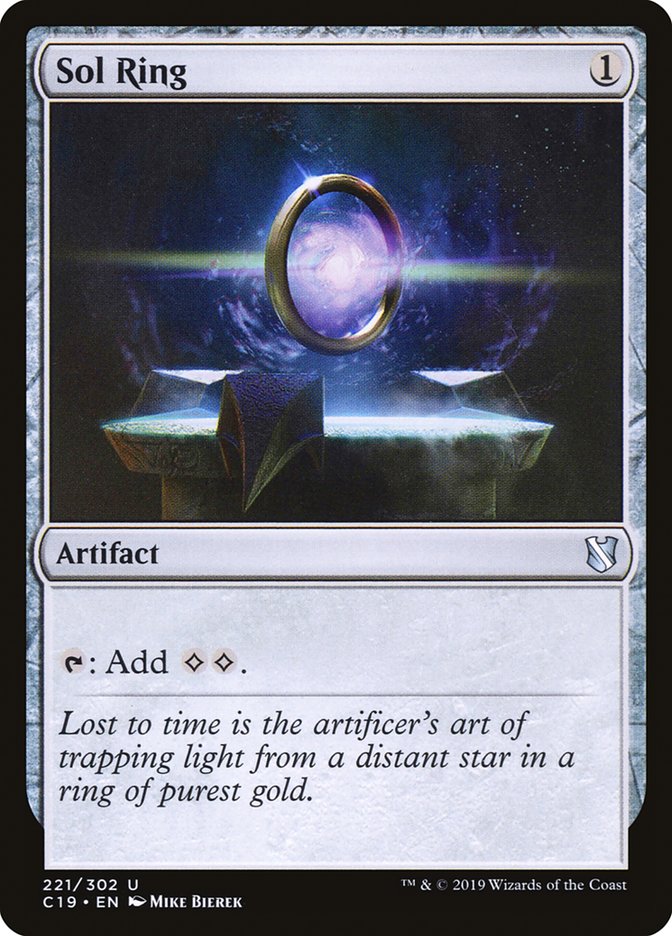
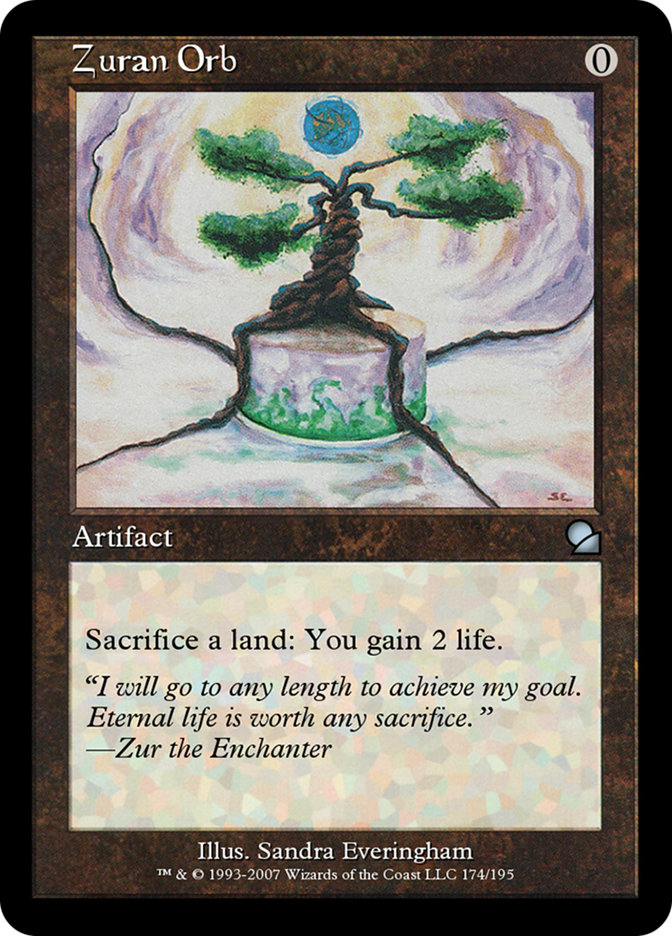
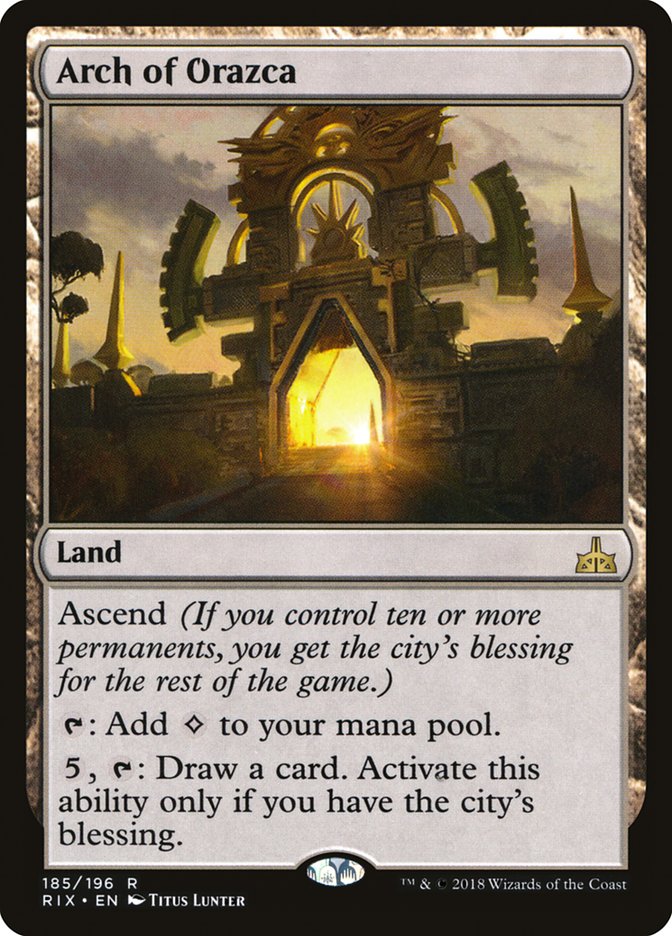
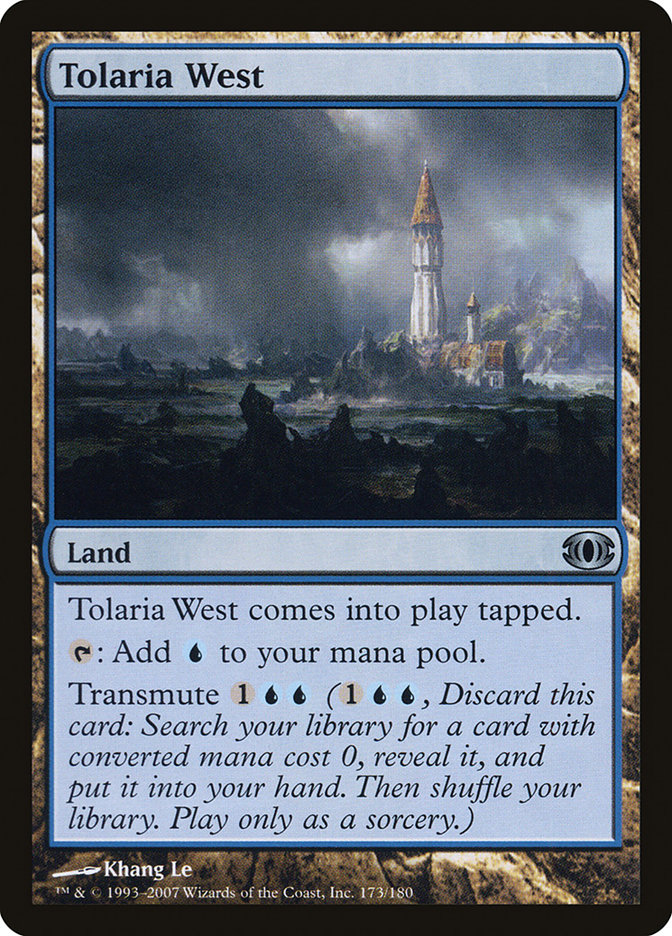
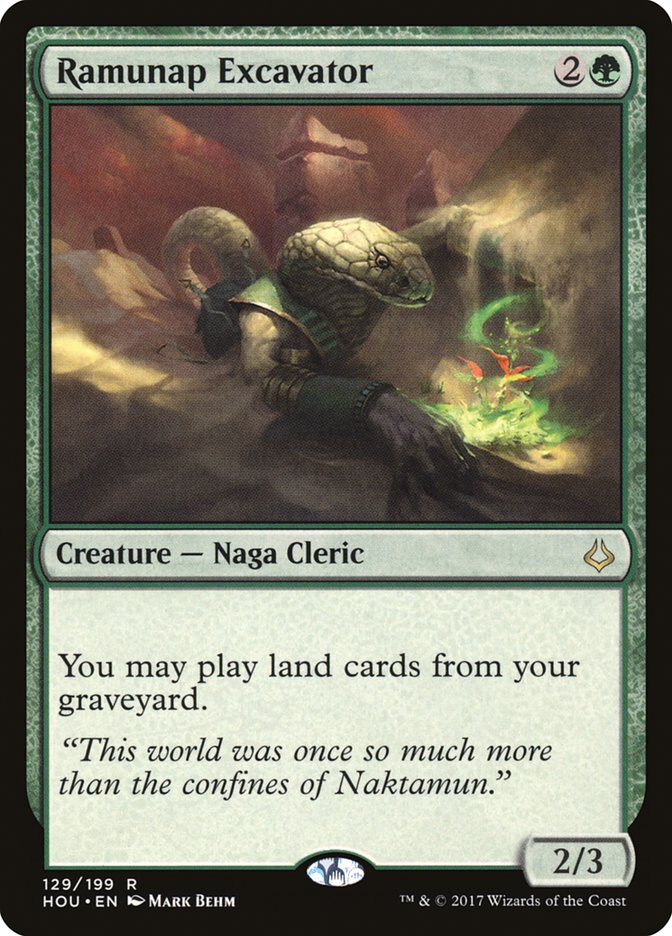
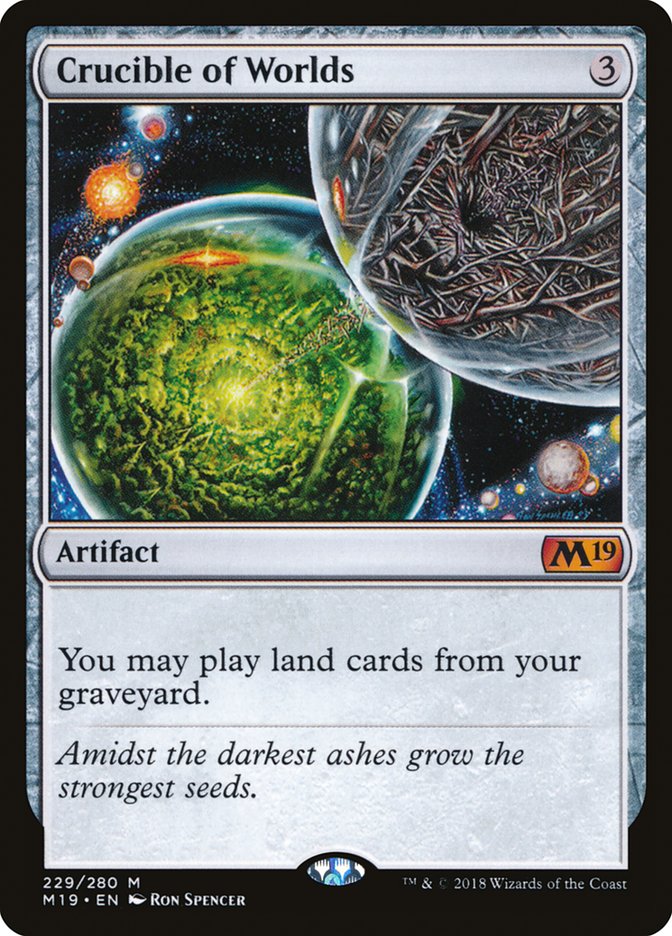
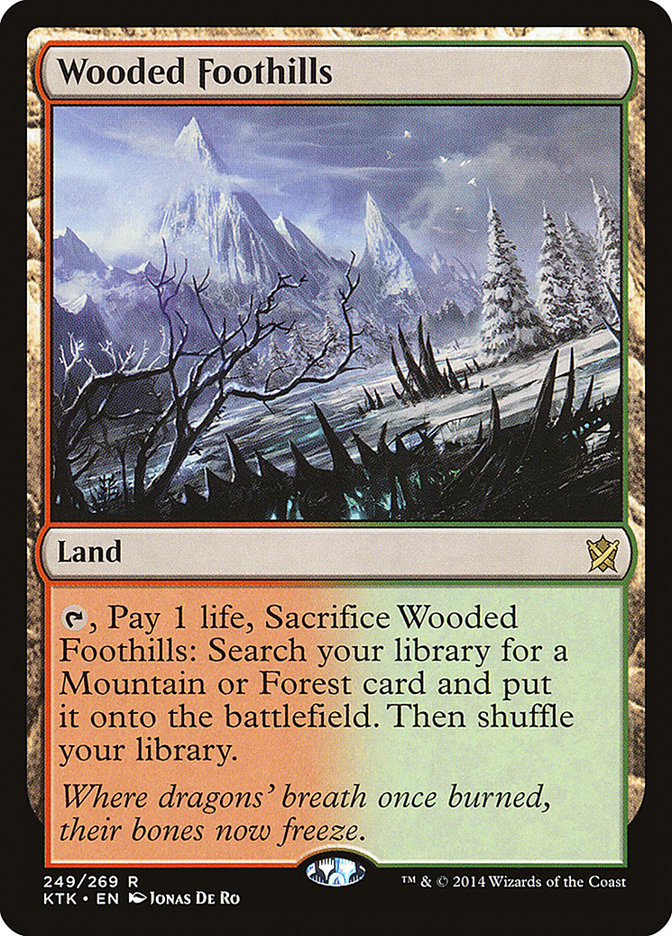
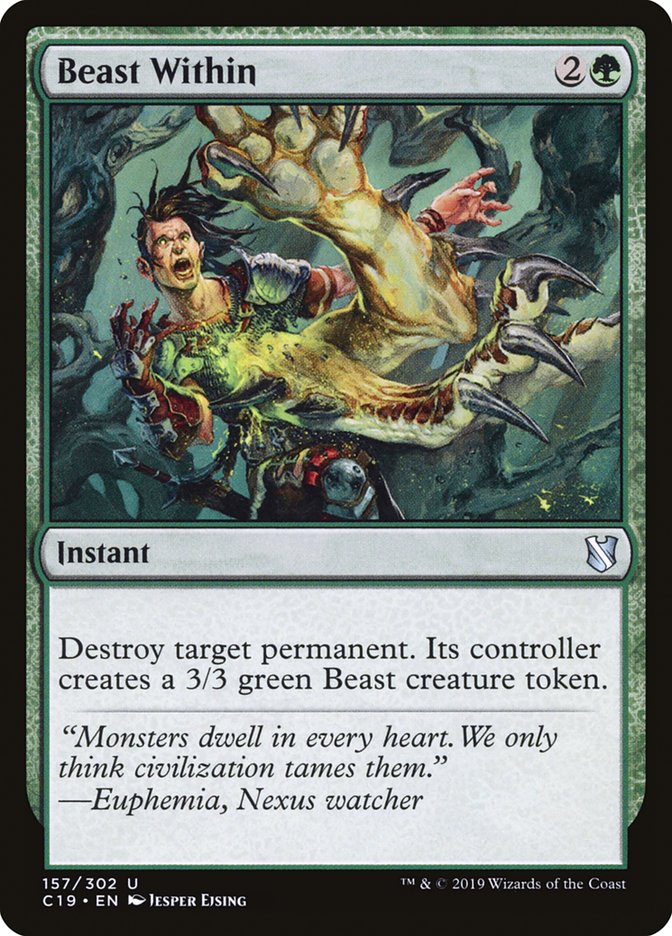
In terms of mana efficiency, there is nothing to be gained. Even if he wanted to play a Crucible of Worlds or Ramunap Excavator turn two he can while playing the Sol Ring on turn two. On the other hand, in terms of card selection efficiency, he can play the Wooded Foothills and fetch a Breeding Pool tapped then pass the turn. This way, he doesn’t have to lose two life to get an untapped Breeding Pool or have to start pulling basic Forests or Tropical Island out of his deck at a point that doesn’t really take advantage of this. The deck doesn’t want to search for another land off of the Wooded Foothills turn two as it wants to keep a high number of fetchable lands for when Tatyova, Benthic Druid hits the battlefield and can keep triggering the ability off of multiple land drops in a turn plus Crucible of Worlds. Overall, I agree with his play here for both political and efficiency reasons.
Kenobi has lost zero tempo while avoiding presenting his Sol Ring for removal and avoided any possible early game politics. I believe his logic was justified and that more commander players should reconsider how they should be sequencing their plays.
What was your take on the whole issue? Do you agree with the logic I’ve presented or do you always slam Sol Ring from your opening hand? What’s your logic to threat assessment? Reach out and let me know! Remember, the real threat in the game was the friends we made along the way.

